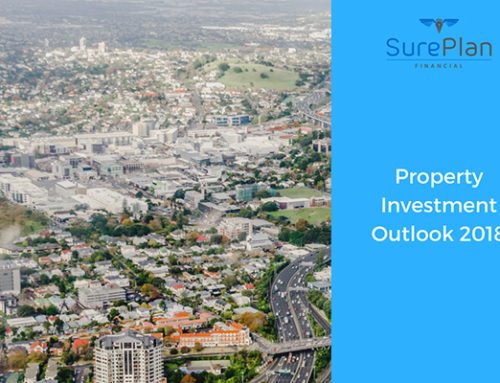
The property market in NZ seems settled for now, but it is dependent on a range of external factors. While you can’t predict the future, you can hedge your bets and make some educated guesses to get the best rate for your mortgage.
The long-term outlook for mortgage rates
Mortgage rates in New Zealand are continuing to be steady. They are, however, influenced by a range of national and international factors which can make predicting future movements tricky, but there are some trends worth noting.
Competition between banks seems to have driven rates down. Also in favour for rates remaining steady is the constancy of the OCR. Experts predict the rate to remain static until November 2019, an indication that floating and short-term fixed rates will remain stable for another year at least.
Internationally, US long-term interest rates are high, which may affect the local interest rates, by putting pressure on the NZ market. Historically, higher offshore rates impact terms longer than two years.
There is always the danger that the OCR may move faster than anticipated, or the offshore higher rates may feed through into the local market. So how can you predict the best strategy for your mortgage? It might be easier said than done.
Floating rates in 2018 are low
The main advantage of the floating rate is that it’s currently very low. It’s around 40 bps lower than its 10-year average of 6.20%. Borrowers can take advantage of the low interest rates while retaining the freedom to lock in a fixed rate at any time the market turns. A floating rate also enables the borrower to make additional principal repayments, making it the perfect choice for those who require flexibility. However at present, short term interest rates are cheaper.
Six-month rates are often cheapest
Generally, the six month rate is the cheapest rate. While providing some certainty, it is short term enough that the mortgage can be re-fixed if rates drop. However if interest rates rise suddenly, it does offer less security than longer terms. This rate suits those who prefer short term security but the ability to reassess and restructure their mortgage frequently.
One or two-year fixed rates are recommended
With some lenders, the one- and two-year fixed rates are the lowest as well as providing certainty for borrowers. In fact, rolling a one-year rate over four to five years may be the cheapest option. Once again though, the short-term one-year rate doesn’t protect against future increases – for instance, fixing it in late 2018 may see you re-fixing after the predicted OCR rise, with higher interest rates.
Three to five year rates for those who like certainty
While the long-term periods attract the highest interest rates, they do provide long-term security. A five-year rate is 130bps higher than the one-year rate. However at present the five-year fixed rate is still lower than it has been over the past ten years.
Our advice for mortgage holders
The only certain thing about the future is that it’s going to be uncertain. Consider your personal circumstances and your appetite for risk. You should take into account your cash-flow, and how the changing interest rates may affect your pocket. If you’re uncertain, it’s wise to contact an expert. Even if you think you know the market, it can be great to approach a financial advisor as there may be options and risks you haven’t thought of.








